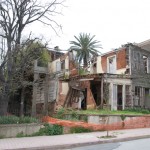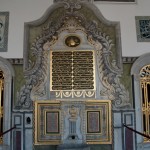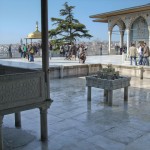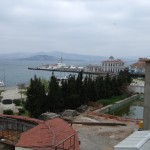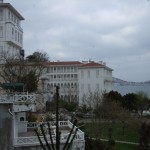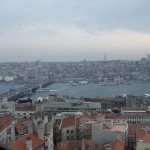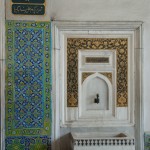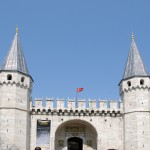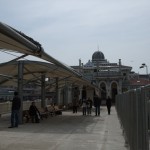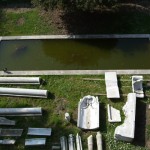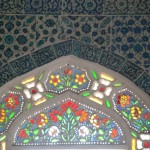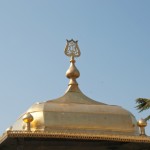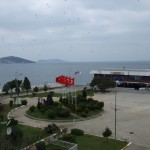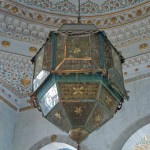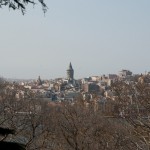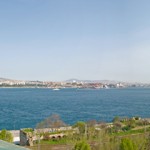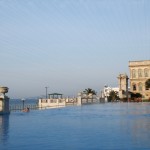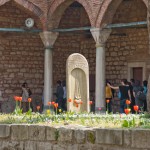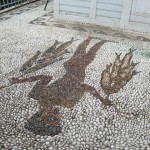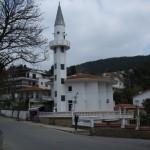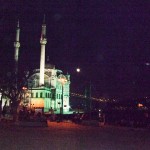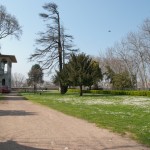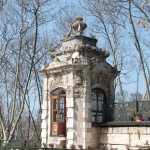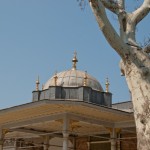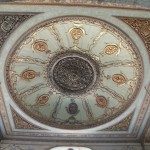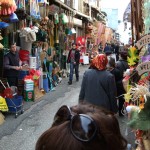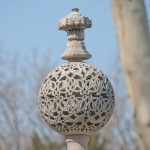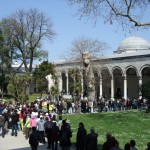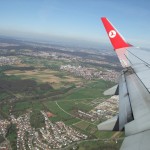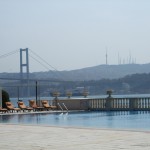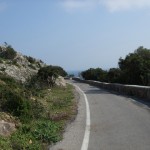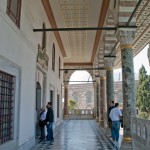Istanbul
Istanbul is the larges city in turkey, constituting to the country’s economic, culture, and history. Meanwhile Istanbul reached a population of 14 million people in the city, and make the city the largest one in Europe.
Istanbul is a transparent city that is build on both side of the Bosporus, the worlds most busiest motorway. The Bosporus waterway divides Istanbul into Europe part, as soon you cross on the Bosporus Bridge or the second bridge Faith Sultan Mehmet Bridge to the other side of Istanbul, Asia start. It is important to know if you going to hire cars, some rental companies have a clause with restrictions on the Asian side of Istanbul. The City had a strong position along the historic Silk Road network to Europe and the Middle East, and the only sea route between the Black Sea and the Mediterranean.
Approximately 11.6 million people visitors arrived in the City in 2012 after it was named a European Capital of Culture. Making the city the world’s 5th most popular tourist destination. Although the Republic of Turkey established capital in Ankara, places and imperial Mosques still line Istanbul’s hills as visible remainder of the city’s previous roll.
History
However the history of Istanbul begins around 660 BC, when the Greek settlers from Megara start to build Byzantium of the European side of the Bosporus. The settlers proceeded to build an acropolis adjacent to the Golden Horn on the site of the early Thracian settlements, fuelling the nascent city’s economy. The City experienced a short period of Persian rule at the turn of the 5th century BC. But the Greek recaptured it during the Greco Persian War. Byzantium then continued as part of the Athenian League and its successor, the second Athenian Empire, before ultimately became independent in 355 BC. Long allied with the Romans, Byzantium officially became a part of the Roman Empire in 73 AD.
Geography
Istanbul is located in north western Turkey in the Marmara Region in a total of 5.343 square kilometres. The Bosporus connects the Sea of Marmara to the Black Sea. Istanbul is located near the North Anatolian Fault, close to the boundary between the African and Eurasian Plates. This fault zone, which runs from northern Anatolia to the Sea of Marmara, has been responsible for several deadly earthquakes through the city’s history. Between the most devastating of this tragic seismic activity was in 1509 earthquake, which caused a Tsunami that broke over the wall of the city and killed more than 10.000 people. More recently, in 1999, an earthquake with its epicentre in zmit left 18.000 people dead. The people of Istanbul stay concerned that an even more catastrophic seismic event may be in the near City future, as thousands of structures recently build to accommodate Istanbul’s rapidity increasing population may not have been constructed properly.
Climate
Istanbul has a border line Mediterranean Climate and humid subtropical climate. Since it has only two warm summer month with less than 40mm of rain fall, the city can not be classified as solely Mediterranean or humid subtropical. Due its size and location Istanbul has a microclimate. Northern part of the City expresses characteristics of oceanic climate because of the humidity of the Black Sea. The climate to the more populated areas of the city of the south is warmer and less affected by humidity.
Winter are colder in Istanbul than in most other cities around the Mediterranean Basin, with low temperatures averaging 4-5°C. Spring and autumn are mild but often wet and unpredictable; chilly winds from the north west and warm guts from the south, it could happen on the same day. The highest and lowest temperature ever recorded in the city are 40°C and -16.1°C.
Culture
Istanbul was known as cultural hub, but its cultural scene stagnated after the Turkish Republic shifted its focus towards Ankara. The new national Turkish Government established programs that served the oriental Turks towards music traditions, speciality those originating in Europe.
Coinciding with this cultural reemergence was the establishment of the Istanbul Festival, which began showcasing a variety of art from Turkey and around the world in 1973. From this flagship festival came the International Istanbul Film Festival and the Istanbul International Jazz Festival in the early 1980s. With its focus now solely on music and dance, the Istanbul Festival has been known as the Istanbul International Music Festival since 1994. The most prominent of the festivals that evolved from the original Istanbul Festival is the Istanbul Biennial, held every two years since 1987. While its early incarnations were aimed at showcasing Turkish visual art, it has since opened to international artists and risen in prestige to become among the elite biennales, alongside the Venice Biennale and the São Paulo Art Biennial.
External link
Official website of the Istanbul Metropolitan Municipality
Istanbul Metropolitan Municipality: Istanbul Bulteni Magazine official website
For more information I refer to:
My travel experience
When I arrived in Istanbul at the Airport I have have been very surprised that German was widely spoken, and English too. At the airport are many Taxi stands who offer transport into the city and to your booked accommodation, before you take the first deal you have to check the prices with different companies usually the first offer is to high and the price is coming down if you compare. The town has a lot of history to offer such as the Sultans Palace, or the Blue Mosk is only few ot the attractions, definitely you should visit one of the historic Souk’s, I went to one in the historic part of Istanbul.
